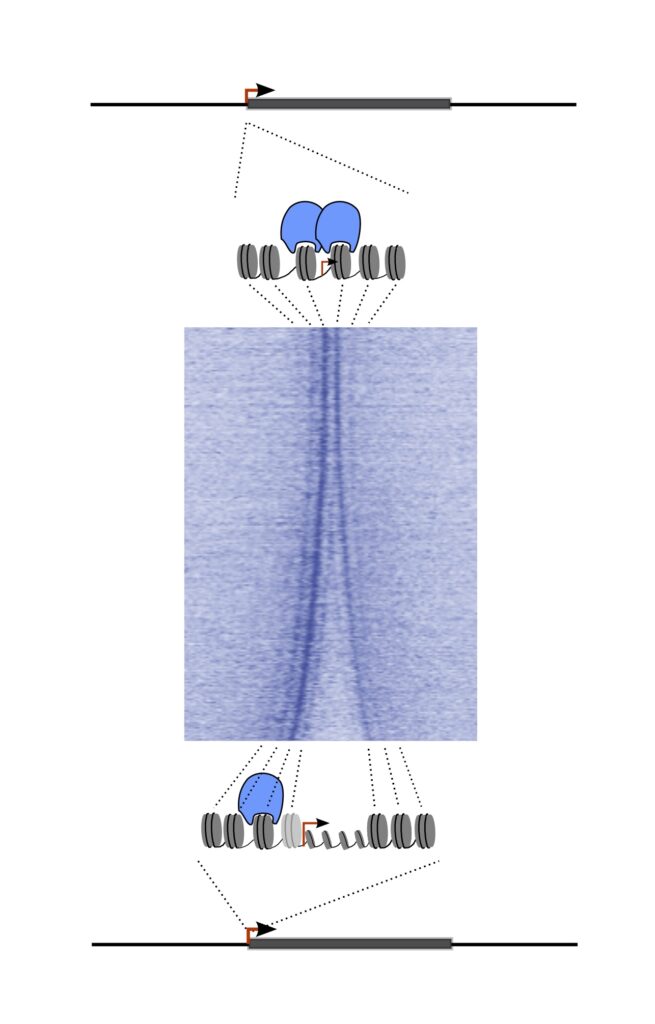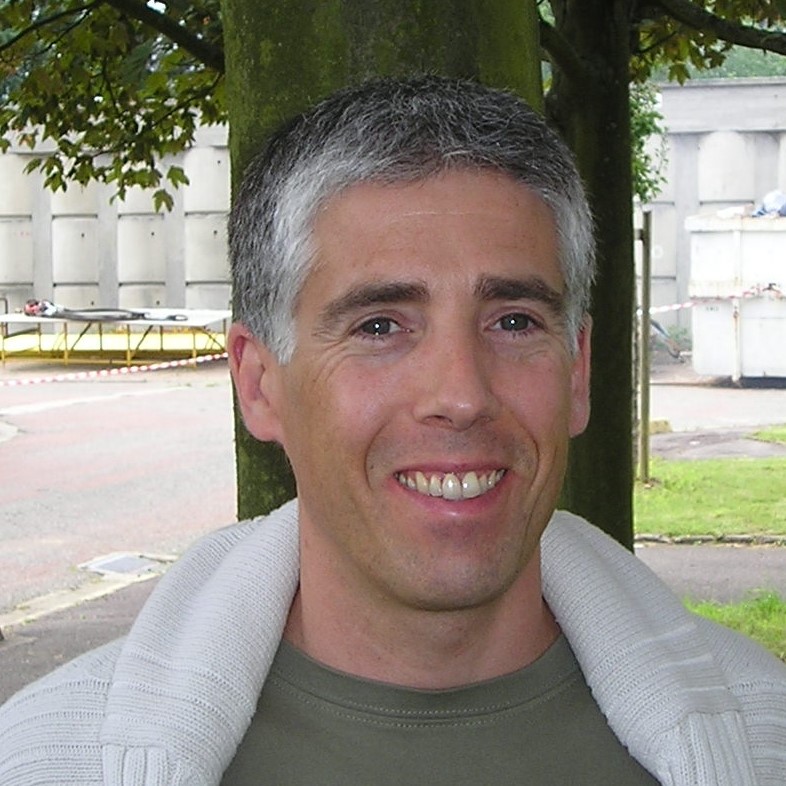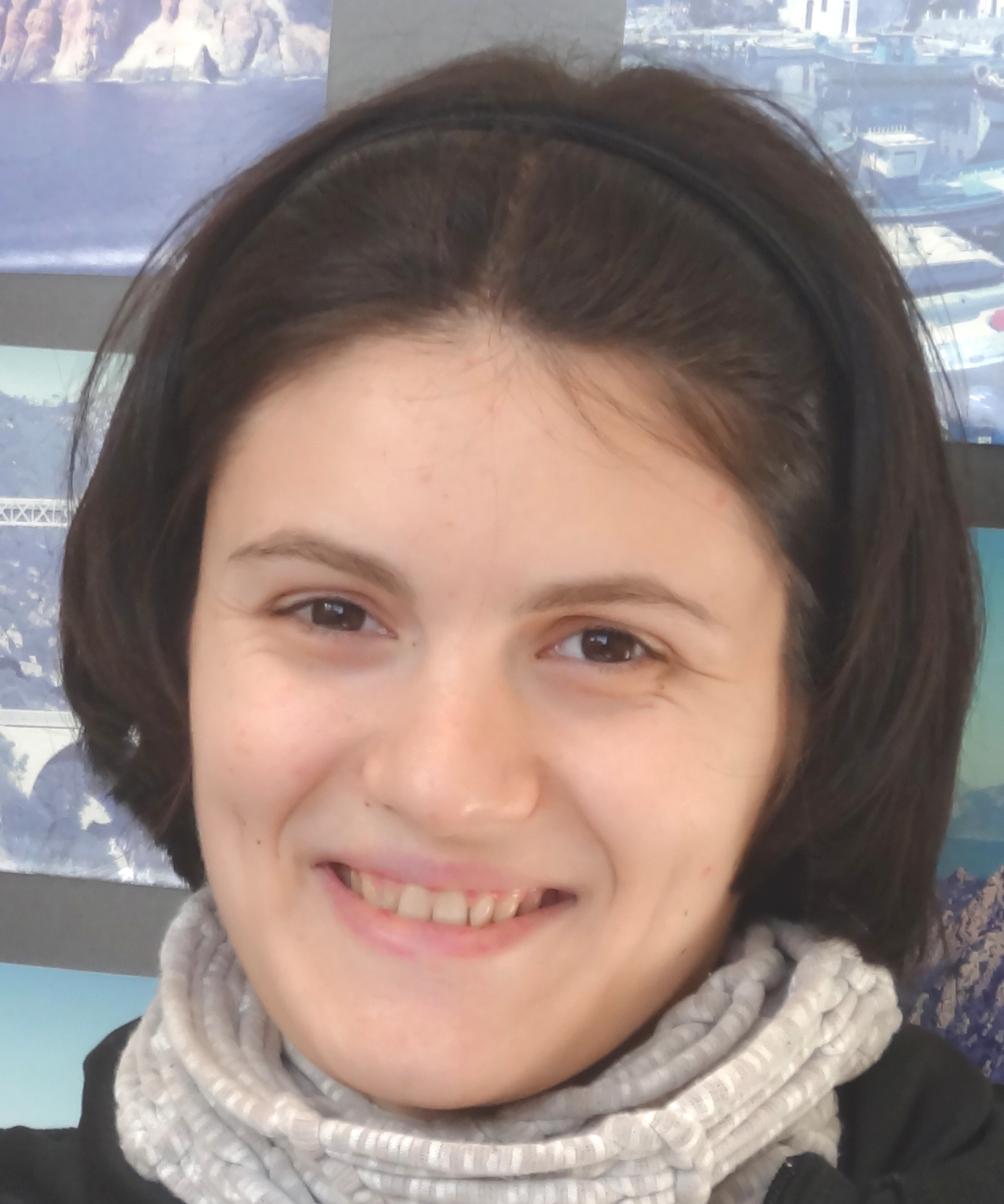Mammalian epigenomics
How chromatin remodelling controls cell fate and prevents the development of cancers
Chromatin remodelling factors (also called ‘remodellers’) are macromolecular complexes that regulate gene expression, DNA replication, as well as DNA repair by modulating the stability and positioning of nucleosomes across the mammalian genome. Large-scale sequencing of genomic DNA from cancer cells revealed that several remodellers are potent tumour suppressors. Our team uses genome-wide experimental approaches, as well as bioinformatics, to study the functions of remodellers in the control of transcriptional programs and DNA replication, and define how these functions are altered in cancer cells.
The DNA in human cells is wrapped around a core of histone proteins in structures called nucleosomes, which allow the genetic material to be folded and compacted into chromatin. Compaction of the genome into chromatin makes genes inaccessible to the cellular machineries necessary for gene expression, DNA replication and DNA repair. A family of enzymes, called chromatin remodellers, is dedicated to open up the chromatin to facilitate the binding to genomic DNA of transcription factors and proteins required for DNA replication and repair. Most remodellers are complexes composed of multiple protein subunits. Mutations in certain genes coding remodellers are recurrently associated with human cancers. In particular, mutations in genes encoding subunits of the SWI/SNF remodeller occur in 20% of all cancers, identifying SWI/SNF as the second most frequently mutated factor after P53.
Our global aim is to understand how remodellers functions are coordinated to regulate the binding of the numerous factors required for the proper regulation of transcription and DNA replication. We are using experimental approaches such as chromatin immunoprecipitation (ChIP-seq), as well as mapping of nucleosomes by microccocal nuclease digestion followed by deep-sequencing (MNase-seq), to determine the genome-wide distribution of remodellers and chromatin accessible regions, as well as nucleosome composition, occupancy and positioning. We are also developing strategies to characterize the 3D organization of chromatin domains and of cis-regulatory DNA elements in the nucleus. Combined with robust bioinformatic strategies, our experimental approaches allow us to detect and quantify the activities of chromatin remodellers at different categories of cis-regulatory elements across the genome. These investigations are conducted both in normal cells and in cells in which we selectively deplete subunits of chromatin remodelling complexes that are mutated in human cancers. These studies allow us to define the molecular basis of the tumour suppressor activities associated with the remodellers.

team

Matthieu GERARD
Group Leader
Research Director
Kathrin MARHEINEKE
Research director CNRS
Anida MESIHOVIC
Researcher
Emilie DROUINEAU
Engineer
Hélène PICAUD
Technician
Eloïse FRETARD
Master Intern
Yuliia KOVALCHUK
Intern Student
Marina NOCENTE
PhD student
team

Group Leader Researcher

Engineer

Technician
PhD student
Latest publications
For all the publications of the Team click on the button below.
External funding



